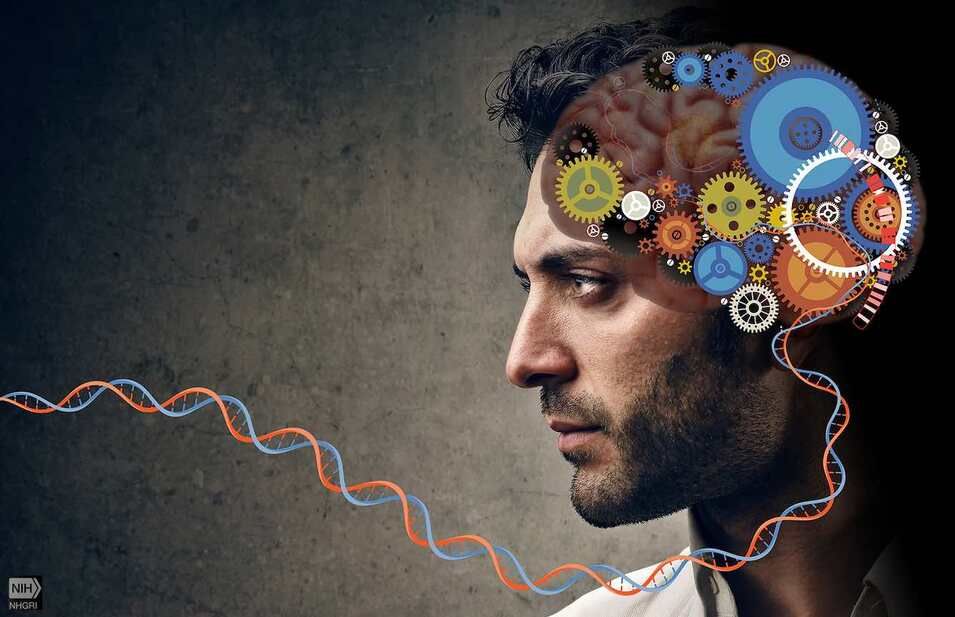Click to expand.
Fears loom over the discovery of a new variant of COVID-19. What do we know so far?
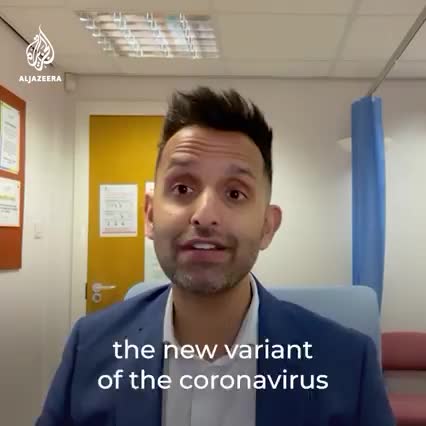
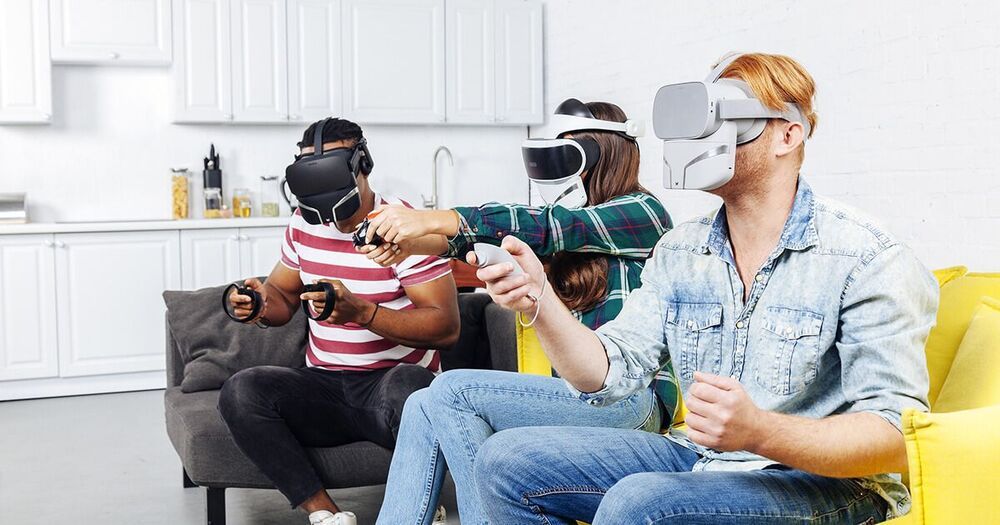
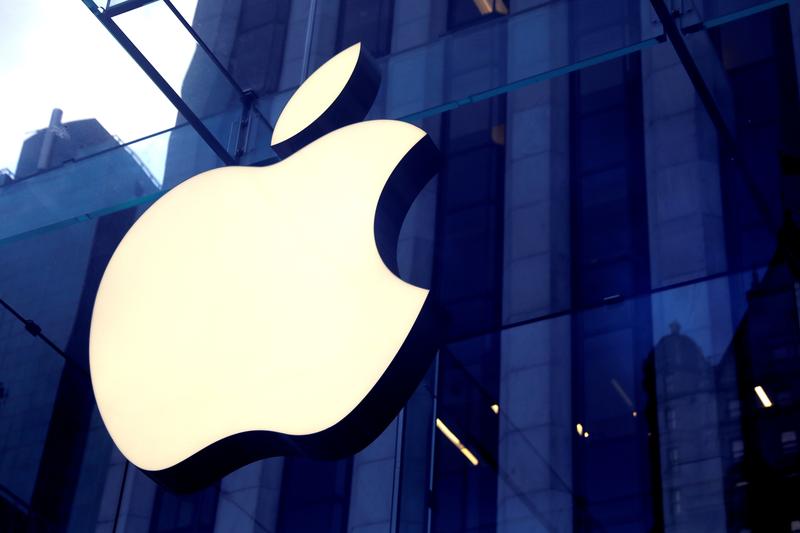
Even Apple wants to get into the automobile business it seems.
(Reuters) — Apple Inc is moving forward with self-driving car technology and is targeting 2024 to produce a passenger vehicle that could include its own breakthrough battery technology, people familiar with the matter told Reuters.
The iPhone maker’s automotive efforts, known as Project Titan, have proceeded unevenly since 2014 when it first started to design its own vehicle from scratch. At one point, Apple drew back the effort to focus on software and reassessed its goals. Doug Field, an Apple veteran who had worked at Tesla Inc, returned to oversee the project in 2018 and laid off 190 people from the team in 2019.
Since then, Apple has progressed enough that it now aims to build a vehicle for consumers, two people familiar with the effort said, asking not to be named because Apple’s plans are not public. Apple’s goal of building a personal vehicle for the mass market contrasts with rivals such as Alphabet Inc’s Waymo, which has built robo-taxis to carry passengers for a driverless ride-hailing service.
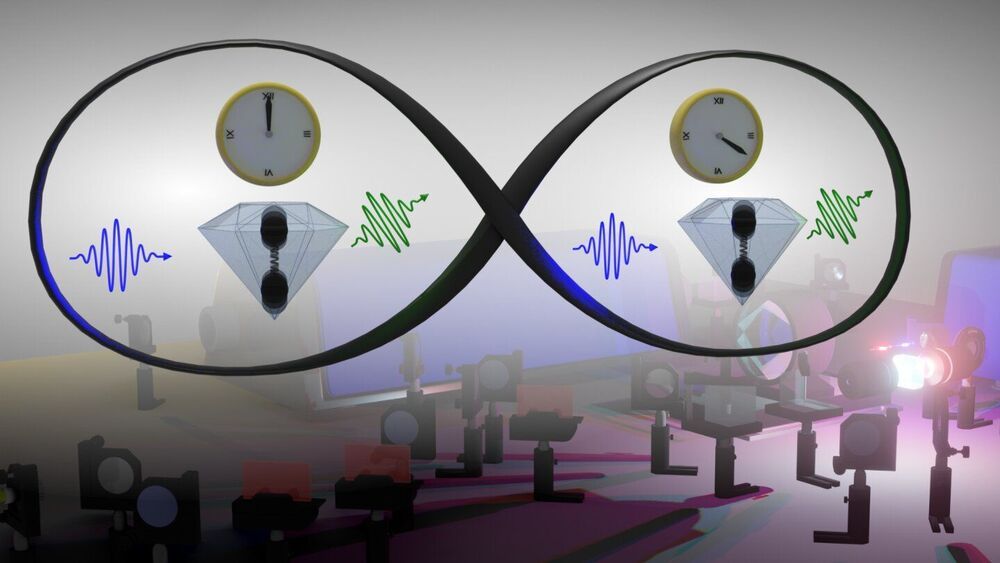
An especially counter-intuitive feature of quantum mechanics is that a single event can exist in a state of superposition—happening both here and there, or both today and tomorrow.
Such superpositions are hard to create, as they are destroyed if any kind of information about the place and time of the event leaks into the surrounding—and even if nobody actually records this information. But when superpositions do occur, they lead to observations that are very different from that of classical physics, raising questions that spill over into our very understanding of space and time.
Scientists from EPFL, MIT, and CEA Saclay, publishing in Science Advances, demonstrate a state of vibration that exists simultaneously at two different times, and provide evidence of this quantum superposition by measuring the strongest class of quantum correlations between light beams that interact with the vibration.
While many self-driving vehicles have achieved remarkable performance in simulations or initial trials, when tested on real streets, they are often unable to adapt their trajectories or movements based on those of other vehicles or agents in their surroundings. This is particularly true in situations that require a certain degree of negotiation, for instance, at intersections or on streets with multiple lanes.
Researchers at Stanford University recently created LUCIDGames, a computational technique that can predict and plan adaptive trajectories for autonomous vehicles. This technique, presented in a paper pre-published on arXiv, integrates an algorithm based on game theory and an estimation method.
“Following advancements in self-driving technology that took place over the past few years, we have observed that some driving maneuvers, such as turning left at an unprotected intersection, changing lanes or merging onto a crowded highway, can still be challenging for self-driving cars, while humans can execute them quite easily,” Simon Le Cleac’h, one of the researchers who carried out the study, told TechXplore. “We believe that these interactions involve a significant part of negotiation between the self-driving vehicle and the cars in its surroundings.”

Updated Dec. 17 with State Department statement
WASHINGTON — Russia on Dec. 15 conducted a ballistic missile test that U.S. Space Command condemned as a threat to satellites in orbit.
“The nation must do something about this,” said Lt. Gen. Nina Armagno, director of staff of the Office of the Chief of Space Operations of the U.S. Space Force.
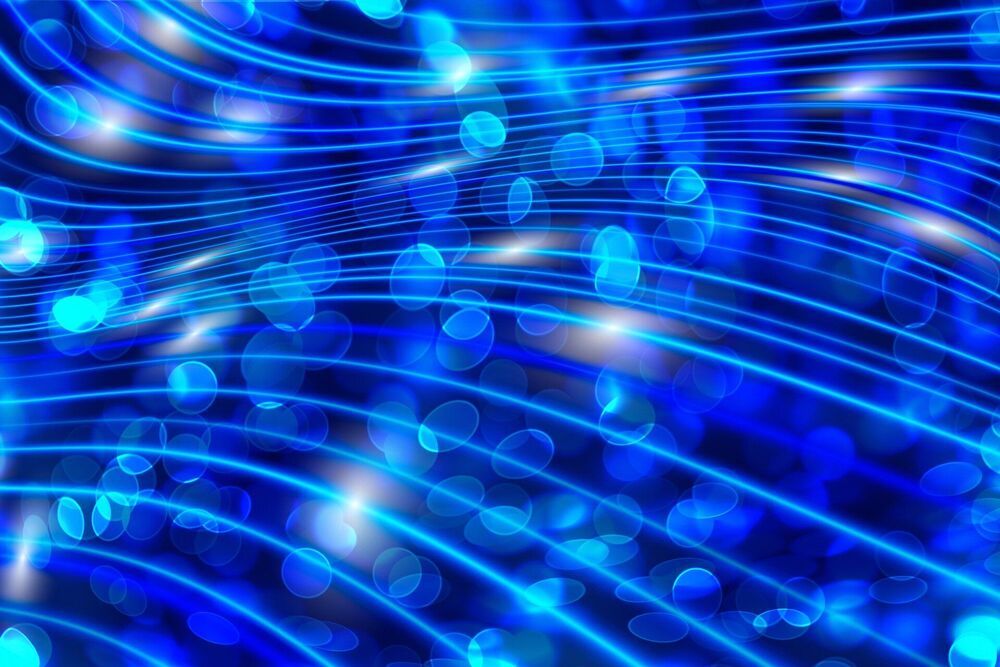
A team of scientists at Freie Universität Berlin has developed an artificial intelligence (AI) method for calculating the ground state of the Schrödinger equation in quantum chemistry. The goal of quantum chemistry is to predict chemical and physical properties of molecules based solely on the arrangement of their atoms in space, avoiding the need for resource-intensive and time-consuming laboratory experiments. In principle, this can be achieved by solving the Schrödinger equation, but in practice this is extremely difficult.
Up to now, it has been impossible to find an exact solution for arbitrary molecules that can be efficiently computed. But the team at Freie Universität has developed a deep learning method that can achieve an unprecedented combination of accuracy and computational efficiency. AI has transformed many technological and scientific areas, from computer vision to materials science. “We believe that our approach may significantly impact the future of quantum chemistry,” says Professor Frank Noé, who led the team effort. The results were published in the reputed journal Nature Chemistry.
Central to both quantum chemistry and the Schrödinger equation is the wave function —a mathematical object that completely specifies the behavior of the electrons in a molecule. The wave function is a high-dimensional entity, and it is therefore extremely difficult to capture all the nuances that encode how the individual electrons affect each other. Many methods of quantum chemistry in fact give up on expressing the wave function altogether, instead attempting only to determine the energy of a given molecule. This however requires approximations to be made, limiting the prediction quality of such methods.
To provide internet to the one million people the firm will send to colonize the Red Planet…
SpaceX recently shared an ambitious plan to build a Starlink satellite constellation around Mars. The devices would allow the human who move to the Red Planet communicate.
